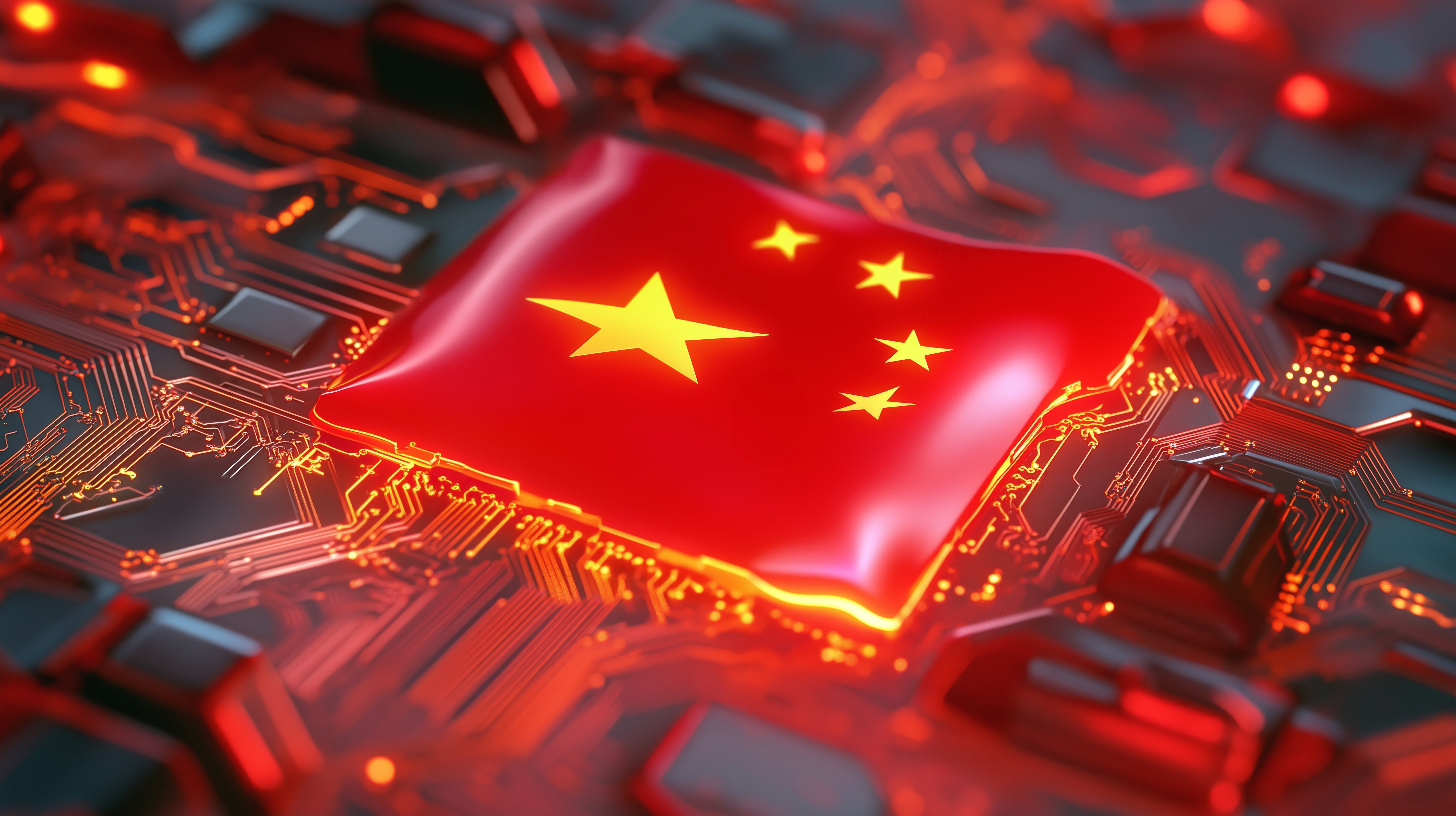The scale of China’s nearly $100 billion investment in AI this year may be creating a buzz, but the structure behind it reveals something even more consequential: a comprehensive plan to hardwire AI into the country’s industrial, economic, and geopolitical foundations.
The country clearly is pursuing a model of digital statecraft where infrastructure builds influence. At least $56 billion of the investment reported by Bank of America (NY Times, 2025) will come directly from state funding, and not a loose collection of incentives or grants. This top-down commitment to reshape how digital infrastructure underpins national advancement centers not on speculative breakthrough but on scale: data centers, compute power, and energy systems that can support national AI deployment for decades to come.
Private entities are also compounding the nation’s AI momentum. DeepSeek, a Hangzhou-based startup, recently unveiled open-source AI models developed with remarkable cost efficiency (China Daily Asia, 2025). This success has galvanized private sector support. Firms like Alibaba and Tencent are now accelerating their infrastructure buildouts, reinforcing the state’s direction with market momentum. They focus on control over compute, optimization of national cloud capacity, and the creation of homegrown systems that serve strategic industries, education, logistics, and surveillance.
The Chinese strategy integrates AI with core sectors. In manufacturing, AI supports predictive maintenance, factory automation, and just-in-time logistics across China’s industrial belt. In public services, it powers smart governance, health diagnostics, and precision resource planning. In defense and surveillance, it reinforces the fusion of national security with real-time data analysis and facial recognition. Each application feeds back into the infrastructure itself, making the system both adaptive and self-reinforcing. This approach towards AI is an echo of China’s past industrial revolutions. From rail and energy to telecommunications and 5G, scale has always been the multiplier. China’s rise was not driven by first-mover advantage. It was built through scale, replication, and tight alignment between state objectives and private execution. That same model now defines its AI strategy.
At a macro scale, unlike approaches that rely on breakthroughs in advanced chips, China’s vision focuses on operational readiness. Green energy integration, sovereign cloud platforms, and vertically aligned public-private coordination create a high-resilience digital backbone. The system is designed for deployment at scale, with applications in governance, manufacturing, security, and AI-driven commerce.
With each layer of infrastructure of compute, data, and power, China reduces its exposure to global chokepoints. U.S. export restrictions on GPUs, for example, have had measurable effects, but Beijing’s response has not been to wait for chip parity. Instead, the strategy has evolved: scale up infrastructure, optimize for domestic hardware, and train models that perform well under constraints. This resilience is already influencing global supply chains, digital standards, and the future alignment of emerging markets, which may prioritize infrastructure over ideology.
.png?width=1816&height=566&name=brandmark-design%20(83).png)



